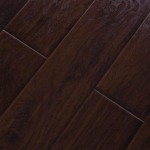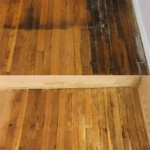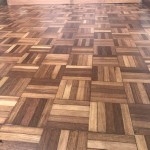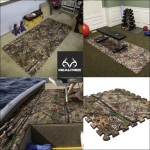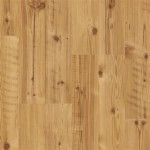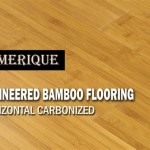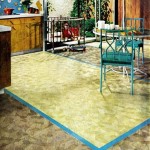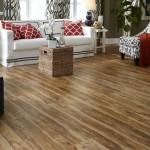Timber Flooring Over Particle Board: Essential Considerations
Timber flooring is a popular choice for homeowners, offering both aesthetic appeal and functional durability. However, if you're considering installing timber flooring over particle board, there are some essential aspects to keep in mind to ensure a successful installation and a beautiful, long-lasting floor.
1. Subfloor Suitability
Particle board is a type of engineered wood product made from wood chips and resin. While it is generally considered a stable and strong material, its suitability for use as a subfloor for timber flooring depends on its density and quality. High-density particle board (rated for structural use) is ideal, providing sufficient support and stability for timber flooring.
2. Moisture Control
Particle board is susceptible to moisture damage, so it is crucial to control moisture levels in the subfloor and the environment. Ensure proper ventilation and moisture barriers to prevent moisture buildup. Consider using a moisture barrier underlayment beneath the timber flooring to protect against any potential moisture issues.
3. Leveling and Flatness
The particle board subfloor should be level and flat to prevent unevenness or buckling in the timber flooring. Use a self-leveling compound or a leveling layer of plywood to ensure a smooth and stable surface before installing the timber flooring.
4. Expansion Gaps
Timber flooring expands and contracts with changes in temperature and humidity. Allow for expansion gaps around the perimeter of the floor, between rooms, and around obstacles. These gaps can be filled with expansion strips or moldings to hide them and allow for natural movement of the flooring.
5. Adhesive Selection
Choose the appropriate adhesive for installing timber flooring over particle board. Urethane-based adhesives are commonly used, providing strong and flexible bonding. Follow the manufacturer's instructions carefully for adhesive application and curing time.
6. Fixings
In addition to adhesive, fixings such as screws or nails may be necessary to secure the timber flooring to the particle board subfloor. Choose the appropriate fixings based on the type of timber flooring you are installing and the thickness of the particle board.
7. Finishing Touches
Once the timber flooring is installed, it should be finished with a protective coating such as polyurethane or wax. This will protect the timber from wear, moisture, and staining. Select a finish that complements the timber color and style.
Conclusion
Installing timber flooring over particle board requires attention to detail and proper preparation. By considering the subfloor suitability, moisture control, leveling and flatness, expansion gaps, adhesive selection, fixings, and finishing touches, you can create a beautiful and durable timber floor that will enhance your home's aesthetics and value for years to come.

Particle Board As A Flooring Solution

Solid Hardwood Flooring Installation Method Over Particleboard

Parquetry Solid Hardwood Flooring Installation Method Over Particleboard

Engineered Flooring Installation Method Over Particleboard

Installing Hardwood Flooring Over Particleboard Magnus Anderson

Installing Wood Subfloors Over Concrete Hardwood Floors

R09 System For The Installation Of Lvt Over Timber Particle Board Substrate Mapei

How To Install Oak Hardwood Floors Young House Love

Blog Expert Advice How To Tile Onto Wood Plywood Or Chipboard

Real Wood Floors Made From Plywood
Related Posts

